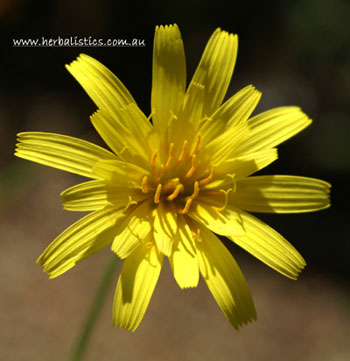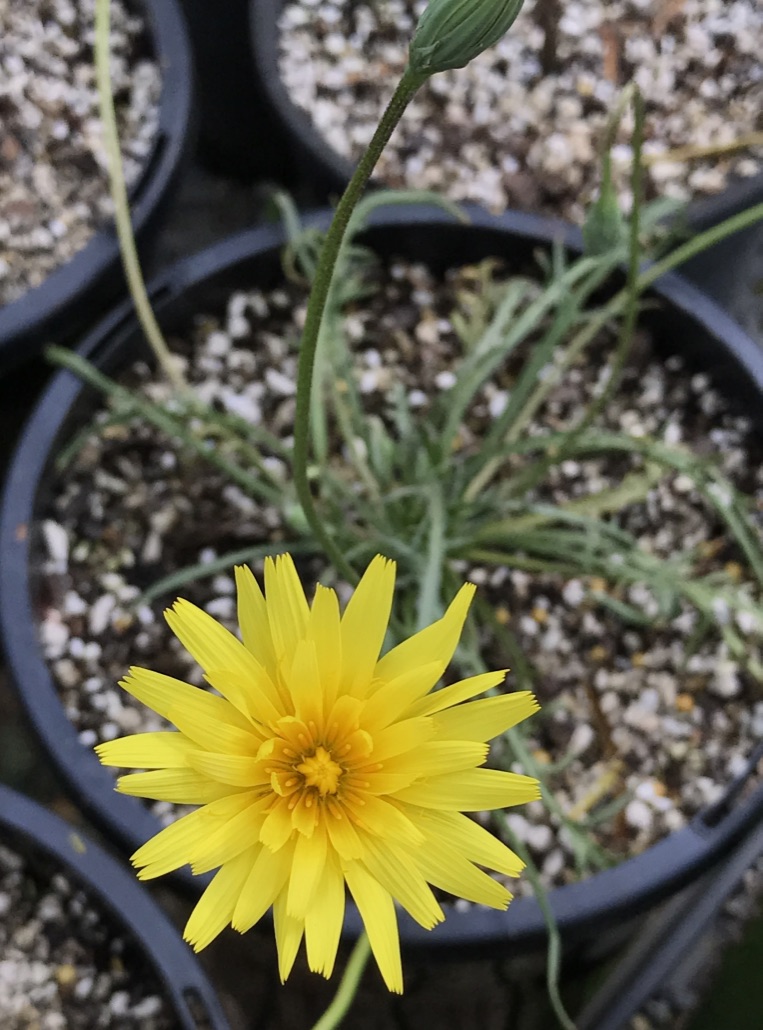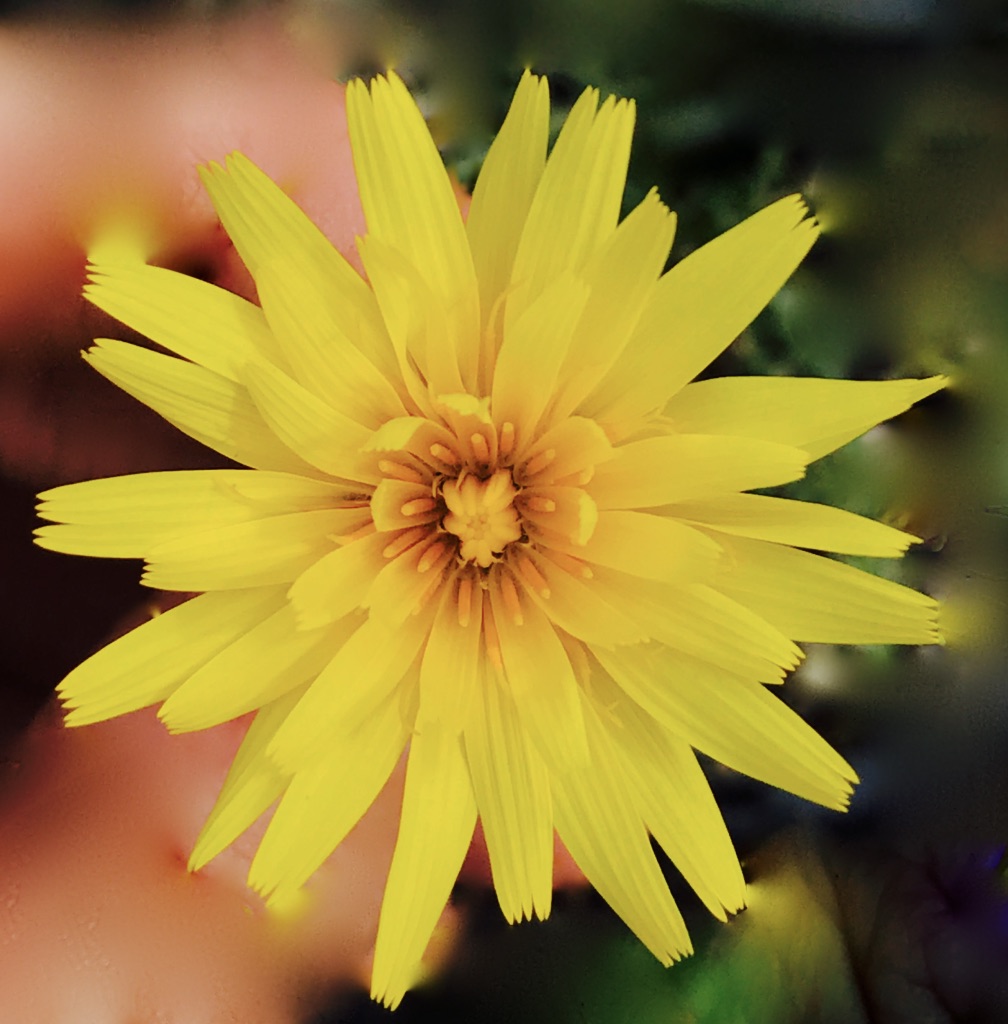Microseris lanceolata – Murnong (seed)
$6.60
Out of stock
Description
We are out of stock, please don’t email us about this product, just sign up for our newsletter to be notified when we get more stock.
Microseris lanceolata (syn. Microseris scapigera) is also called Yam Daisy or Native Dandelion. It has beautiful yellow flowers reminiscent of Dandelion. Native to southern parts of Australia including WA, SA, VIC NSW and TAS. Microseris lanceolata inhabits open forest, woodlands and grasslands.
Microseris lanceolata has edible tuberous roots and was once an important source of food for the aboriginal natives of Australia and Tasmania. The introduction of cattle, sheep and goats by Europeans led to the near extinction of Murnong, with calamitous results for the aboriginals who depended upon Murnong for a large part of their food. Murnong was prepared by roasting or pit baking; the taste is described as “sweet with a flavour of coconut (taken from Wikipedia).
Tim Low in Wild Food Plants of Australia writes that South Australian colonists imitated the Aborigines by eating Murnong, and colonial botanist Baron von Mueller suggested it be cultivated as a vegetable in colder countries. It is one of Australia’s tastiest staple foods, though low in protein and vitamins.
It seems that Murnong was one of several staple foods cultivated and farmed by Indigenous Australians and the Yam Daisy has suffered by the removal of this mutual relationship. Each year the roots were dug and this loosened the soil, providing a good gemination bed for seeds. Sheep have decimated the Yam Daisy populations and their hooves have compacted soils.
From my experience in subtropical Australia, the seeds should be germinated and plants grown during the colder months of the year. They will flower in early to mid spring with lengthening days and by the time the seeds are ready, the roots should be lifted and eaten before the humid weather sets in and the plants slowly dissolve. This plant will thrive much better in southern Australia/temperate regions.
Care and Cultivation of Microseris lanceolata
Plant Microseris lanceolata seeds by pushing them straight down in the soil just leaving the fluffy ‘wing’ exposed, in a well drained mix in full sun or part shade. This is best done in autumn/winter in subtropical zones to avoid the hot wet summers where damping off becomes a problem. Keep moist until germination in 1-2 weeks. Separate seedlings when large enough and plant in a deep pot. Grows better in cooler climates although in summer they can be moved to a more shaded area such as under a bench, etc.
10 seeds per packet
Only logged in customers who have purchased this product may leave a review.











Reviews
There are no reviews yet.